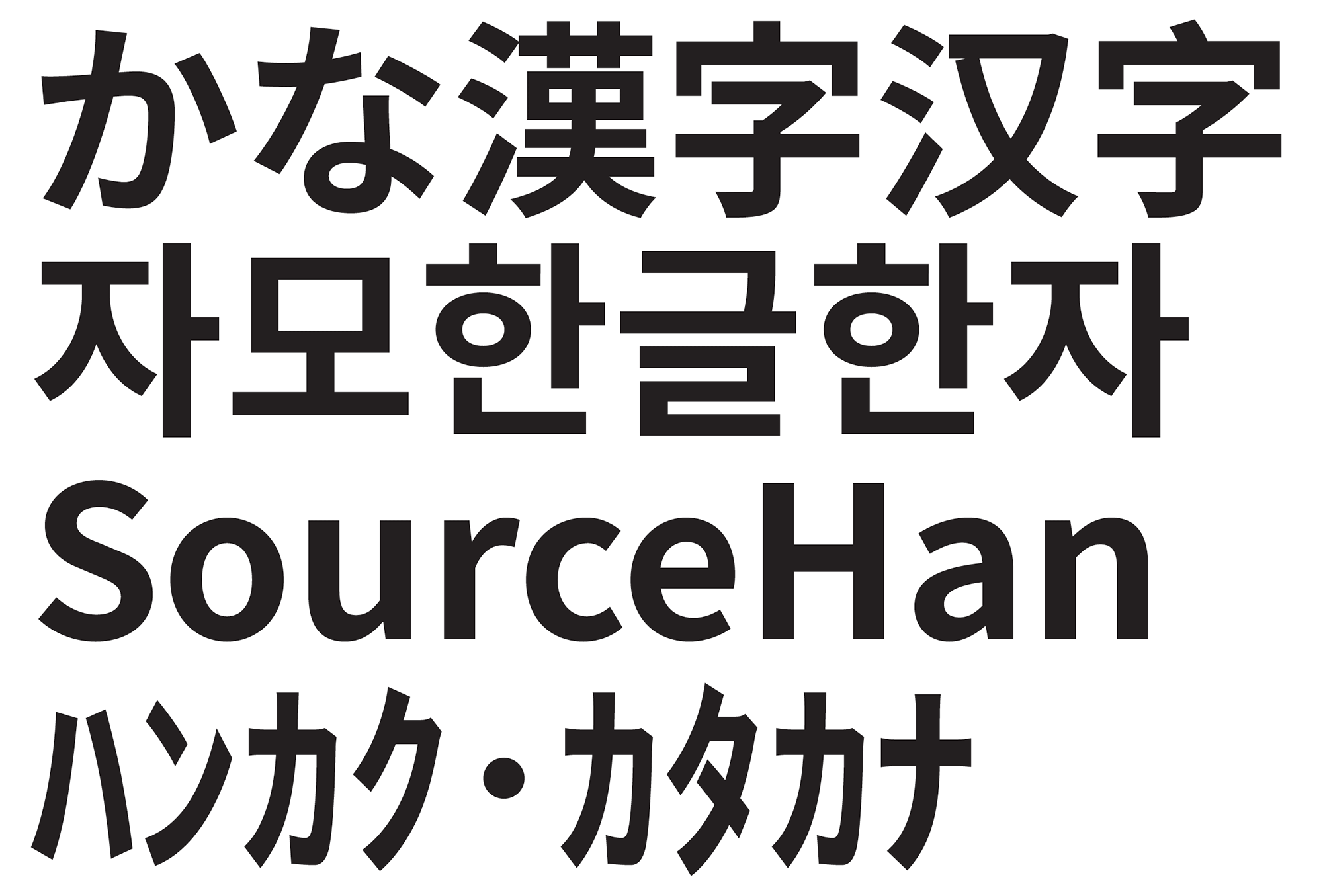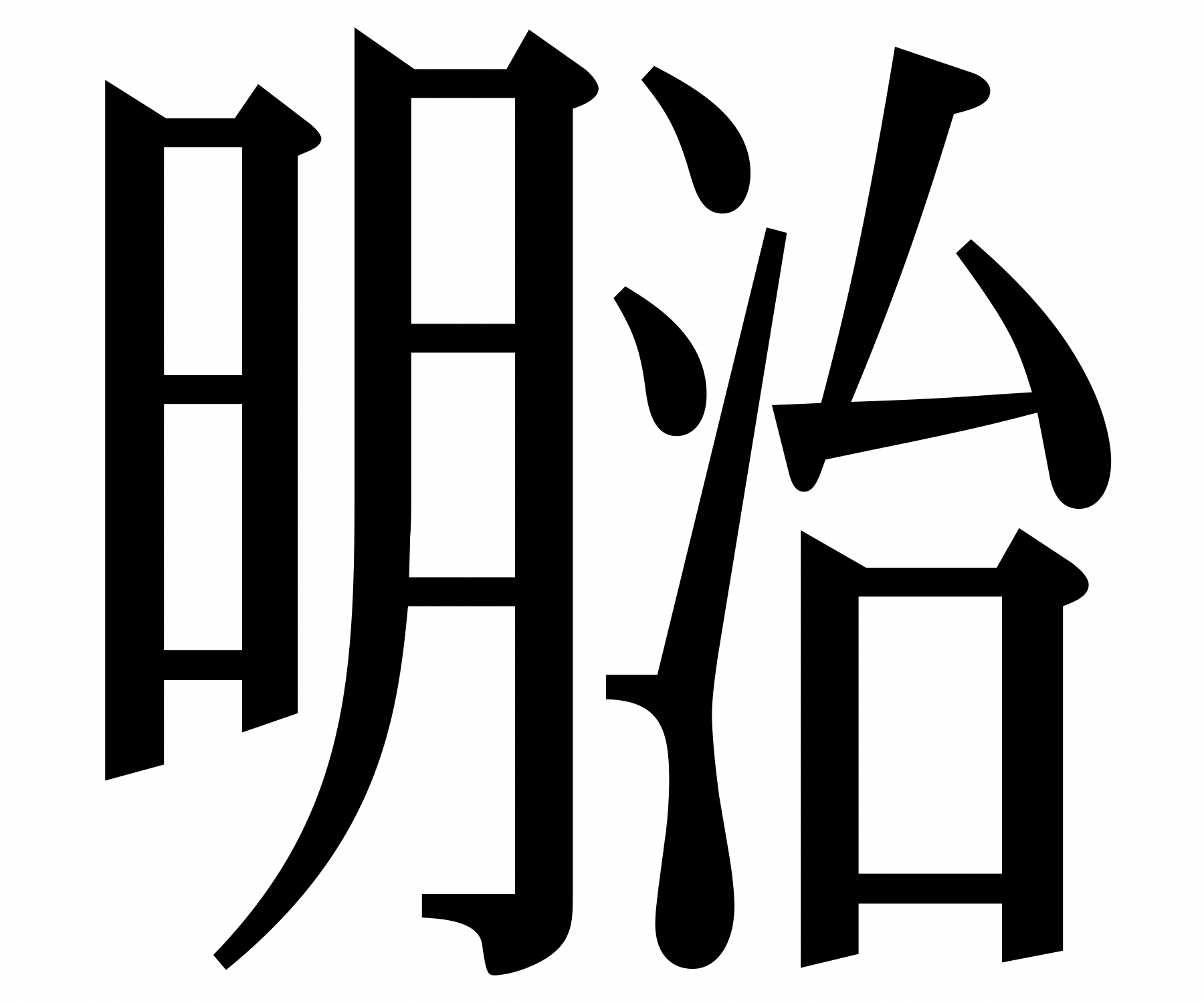
As the readership of this blog should know, I updated the Source Han Sans and Noto Sans CJK fonts to Version 2.001 early last month, mainly to accommodate the glyphs for U+32FF ㋿ SQUARE ERA NAME REIWA, which is the two-ideograph square ligature form of Japan’s new era, Reiwa (令和), that began on 2019-05-01. I then seized the opportunity to update our corporate Adobe Clean Han typeface family, to bring it into alignment with Source Han Sans Version 2.001. The updated Adobe Clean Han fonts are now being served to this blog.
I then decided to embark on a somewhat ambitious project to develop a new open source typeface named Source Han Mono, which is best described as a Pan-CJK version of Source Han Code JP, first developed four years ago by my esteemed colleague in our Tōkyō office, Masataka Hattori (服部正貴). You can read the background here. This effectively closes Issue #2 in the Source Han Code JP project.
Source Han Mono is a derivative typeface design of Source Han Sans, designed by my colleague Ryoko Nishizuka (西塚涼子), and Source Code Pro, designed by my colleague Paul D. Hunt. Its localized names are 源ノ等幅 (Japanese), 본모노 (Korean), 思源等宽 (Simplified Chinese), 思源等寬 (Traditional Chinese—Taiwan), and 思源等寬 香港 (Traditional Chinese—Hong Kong SAR). (As an aside, the reason why the Traditional Chinese—Hong Kong SAR name, 思源等寬 香港, appears correctly is due to the updated Adobe Clean Han fonts. This benefitted the glyphs for U+7B49 等 and U+9999 香.)
This article will detail some of the challenges that I faced, along with some of the decisions that I made, while developing this new Pan-CJK typeface family.
Continue reading…










